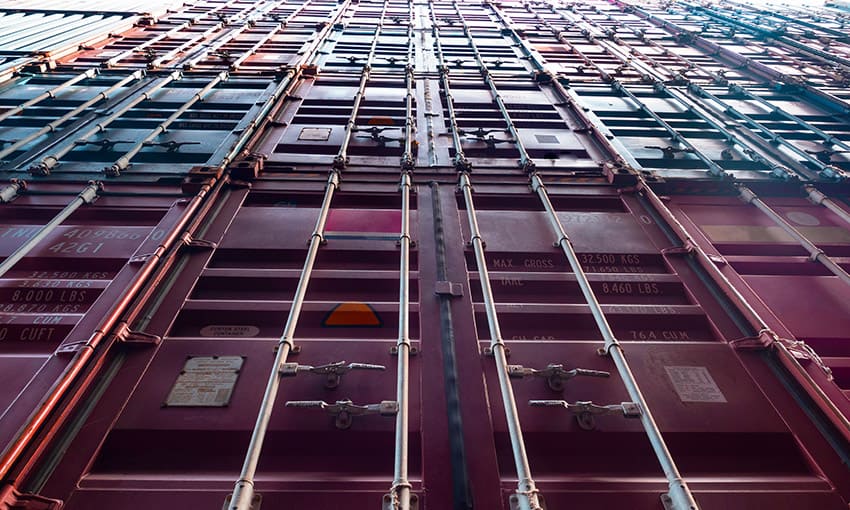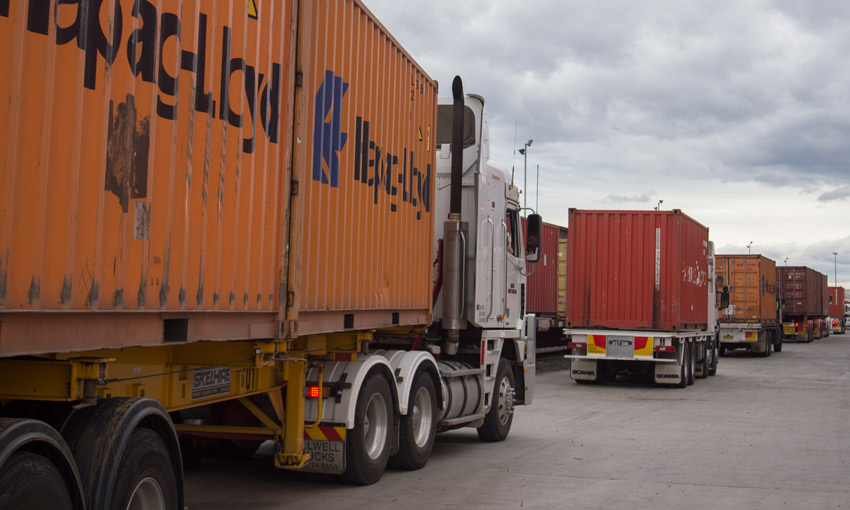THE referral by New South Wales Minister for Transport, Andrew Constance, of the massive, unfettered and unregulated stevedore infrastructure fee increases to the NSW Productivity Commissioner for investigation is welcome news.
This adds to the list of state government investigations and actions, including the Port of Melbourne Pricing and Access Review being undertaken by Deloitte Access Economics for Freight Victoria and the Victorian Ports Minister, Melissa Horne, and the interest shown by the minister responsible for ports in WA, Alannah MacTiernan, as the government-owned Fremantle Ports continues to negotiate container terminal lease extensions in Fremantle. It is hoped the Palaszczuk government in Queensland and Minister Mark Bailey take heed of these actions in the other major jurisdictions and act themselves.
It is well documented that massive increases in landside infrastructure fees (now being called terminal access fees) are as a result of the stevedores offsetting falling revenue from stevedoring rates negotiated with shipping lines. Concerned with falling revenue and profitability, the stevedores have naturally turned their revenue generating attention from the quayside source to the landside interface.
Let’s face it … if you could raise revenue from a captured third party (in this case transport operators) in your business to bolster profitability, you’d do it too wouldn’t you?
However, the distortion in the Australian container logistics market is more complex than simply the stevedore infrastructure fees though. Shippers and exporters are particularly incensed as they realise that they are now paying twice for the same container terminal services:
- Once when they pay the massive stevedore landside infrastructure fees passed through the chain by the transport operators; and
- Twice when they pay high terminal handling charges (THCs) to the foreign shipping lines for the same terminal services.
The latest ACCC Container Stevedoring Monitoring Report clearly shows shipping lines have enjoyed a 40% decrease in container lift costs from stevedores since 2009-10. However, in that time, have importers or exporters seen any of those cost savings passed back to them from the foreign shipping lines through lower terminal handling charges in Australia? The answer is ‘no’. In fact, THCs have gone up over that time.
Shipping lines would say (and do) that Australian importers and exporters have never had it so good, with cheap ocean freight rates, so they are not about to discount destination or origin port fees. However, that’s an exercise in comparing apples and oranges. With the consolidation of shipping lines, the pendulum will swing to higher ocean freight rates, while port fees will remain high. A “lose/lose” scenario for shippers.
In the empty container management sector, transport operators are also facing significant increases in truck arrival notification fees. There is certainly a hidden element of a stevedore-style infrastructure levy in these price increases imposed by empty container parks, again to recover revenue lost from shipping lines who have negotiated lower empty container handling and storage with the ECPs. Also, the return of empty containers directly to stevedore terminals is estimated to now account for more than 20% of empty container de-hires (and rising), leading to lost revenue for traditional ECPs.
From the transport operator perspective, these rising costs not only mean an added cash-flow burden, but are impacting on their ability to negotiate base rate increases for their transport operations despite rising operational costs. Cartage rates for metropolitan container movements by road have been stagnant or have decreased in the last three years in all ports according to the Bureau of Infrastructure, Transport and Regional Economics (BITRE – Waterline 63 (October 2019). Many would argue that it’s been much longer than that.
However, transport operators face increased costs for equipment, facilities, labour, maintenance and road transport compliance. An inevitable consequence of this will be financial stress in the transport sector, and, Heaven forbid, a reduction in on-road safety outcomes.
With increased stevedore infrastructure fees, as well as higher vehicle booking system and ECP notification fees from 2020, a full export container will incur upwards of $180 to $200 in these fees alone, before physical transport costs are taken into account.
Add in rising road toll costs (for no extra travel benefit because of congested roads), biosecurity fee increases and other external price “shocks”, and you can see why the pricing distortions in Australia’s container logistics market are having a negative effect on costs and profitability.
These negative effects will be borne by businesses in competitive marginal trades, by transport operators, by consumers and ultimately by the economy.
* Neil Chambers is a director at Container Transport Alliance Australia




